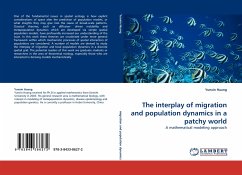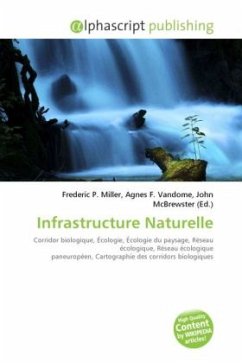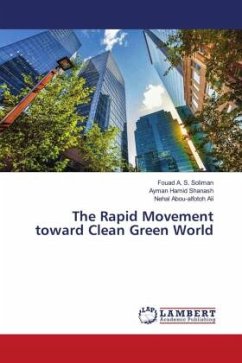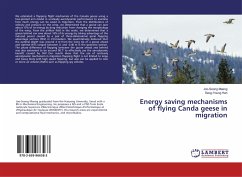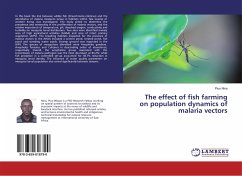One of the fundamental issues in spatial ecology is how explicit considerations of space alter the prediction of population models, or what insights they may give into the cause of broad-scale patterns. Classical theories, such as diffusion- driven instability and metapopulation dynamics which are developed via simple spatial population models, have profoundly increased our understanding of the issue. In this work these theories are scrutinized under more general framework within which mechanistic processes of spatial interaction of populations are considered. A number of models are derived to study the interplay of migration and local population dynamics in a discrete spatial grid. The potential readers of this work are graduate students or researchers in the area of theoretical ecology, especially those who are interested in deriving models mechanistically.
Bitte wählen Sie Ihr Anliegen aus.
Rechnungen
Retourenschein anfordern
Bestellstatus
Storno

